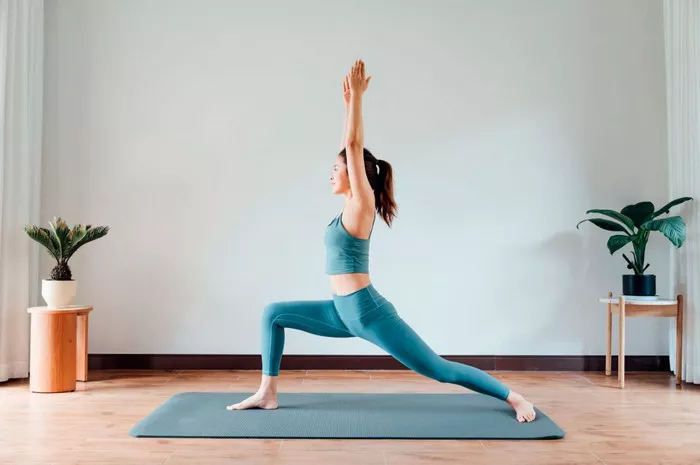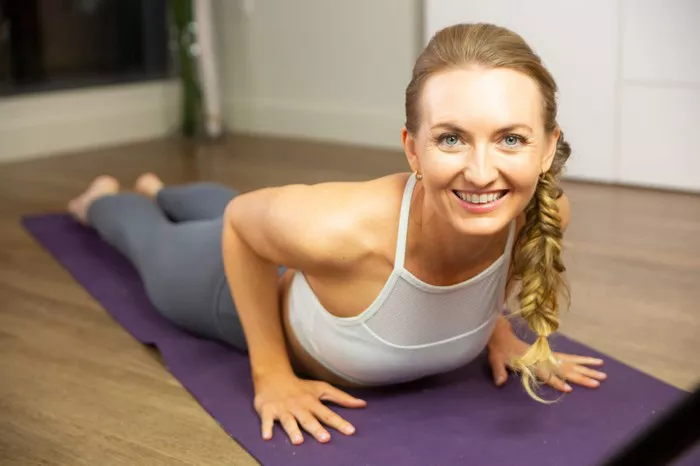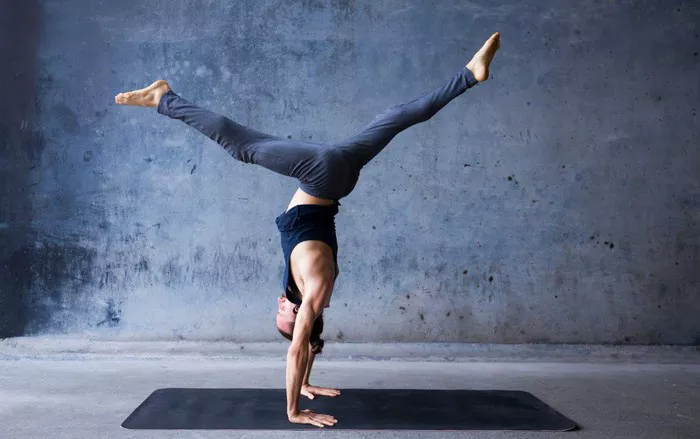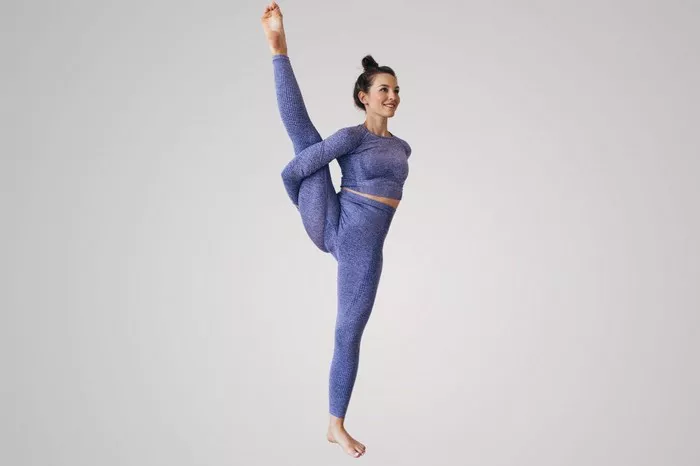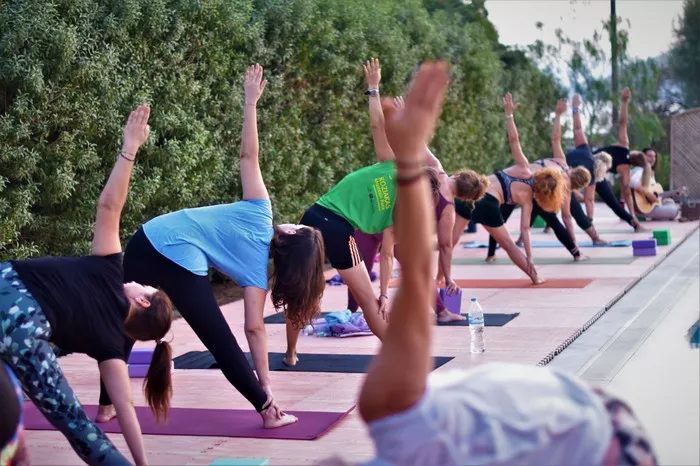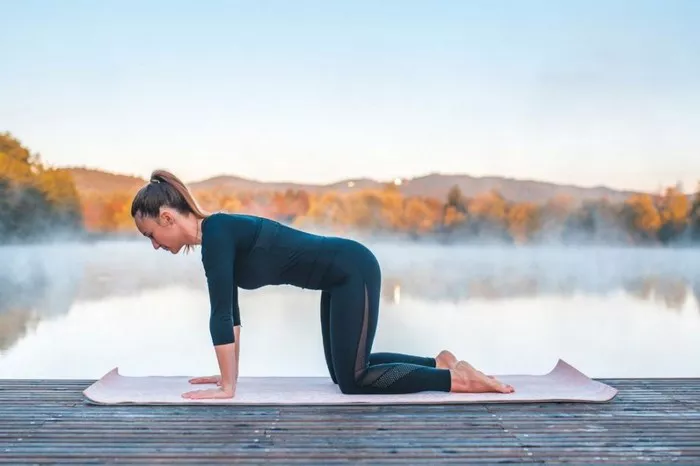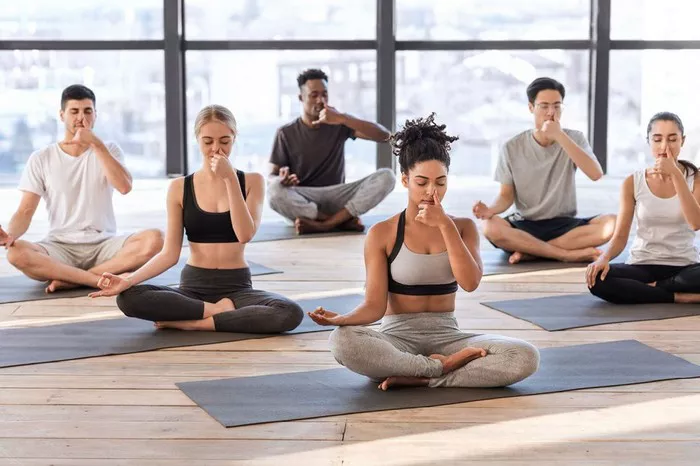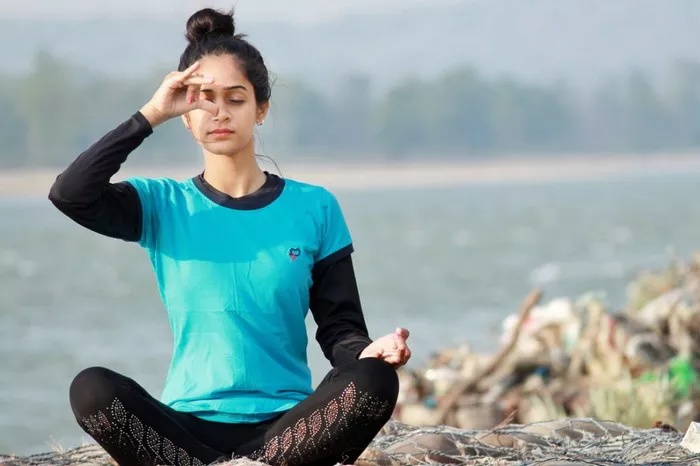Iyengar Yoga, developed by B.K.S. Iyengar, is one of the most respected and widely practiced forms of yoga around the world. Known for its precision, alignment, and therapeutic benefits, it attracts practitioners of all ages and physical abilities. The use of props—such as blocks, straps, bolsters, and chairs—makes Iyengar Yoga accessible to those with physical limitations or injuries, while its detailed instructions help students develop a deeper understanding of their bodies and the practice of yoga itself.
Despite its many advantages, Iyengar Yoga, like any other form of physical discipline, is not without its disadvantages. It is important to look at this style of yoga critically and understand its potential limitations, especially if you are a beginner exploring different yoga styles or a seasoned practitioner seeking a balanced routine.
This article will explore the potential disadvantages of Iyengar Yoga, categorized into several key areas: physical, psychological, pedagogical, practical, and philosophical. We aim to present a nuanced view while maintaining a professional and objective tone.
1. Physical Challenges and Limitations
Overemphasis on Alignment May Lead to Rigidity
Iyengar Yoga is renowned for its focus on anatomical precision. While this can improve posture and prevent injury, the intense concentration on perfect alignment may sometimes cause practitioners to become overly rigid in their movements. Yoga is fundamentally about balance—between strength and flexibility, structure and flow. In Iyengar classes, the continual correction of postures may inadvertently lead some students to prioritize precision over inner awareness or fluidity of movement.
Props Can Create Dependency
Props are an integral part of Iyengar Yoga and are used to make postures more accessible and safer. However, there is a potential downside: students may become overly reliant on props and may struggle to transition into other styles of yoga that do not use them. This reliance can limit one’s ability to adapt to spontaneous, dynamic forms of movement or to build core strength and proprioception independently.
Injuries from Overcorrection or Overextension
Ironically, despite its reputation for safety, Iyengar Yoga can lead to injury if a teacher overcorrects a student’s posture or if the student forces their body into an idealized alignment without sufficient preparation. The use of props, while generally protective, can sometimes encourage students to push their bodies beyond natural limits, especially when striving to achieve the “perfect” pose.
2. Psychological and Emotional Considerations
Perfectionism and Performance Anxiety
The detailed and methodical instruction typical of Iyengar classes can foster a perfectionist mindset in some students. Constant adjustments, corrections, and focus on symmetry may lead individuals to become overly self-critical. This can diminish the emotional and spiritual benefits of yoga by creating a performance-oriented environment rather than one of self-compassion and exploration.
Not Ideal for Stress Relief in the Short-Term
Unlike more flow-based or meditative yoga styles such as Yin Yoga or Vinyasa, Iyengar Yoga’s deliberate pace and intense focus on body mechanics may not immediately provide the same sense of stress relief. For someone seeking yoga primarily as a way to unwind or decompress, the cerebral and detail-oriented nature of Iyengar Yoga might feel more taxing than restorative—at least initially.
3. Pedagogical and Instructional Limitations
Teacher-Centric Model
Iyengar Yoga classes are often very teacher-directed. The instructor frequently gives verbal cues, physical adjustments, and uses demonstrations to guide students. While this can be beneficial for learning proper form, it can also limit the development of a student’s inner guidance and self-awareness. Some may find this model disempowering, as it leaves little room for exploration or personal interpretation of poses.
Not Easily Accessible Without Skilled Teachers
Teaching Iyengar Yoga requires extensive training and certification, which is a testament to its quality but also a limitation. In areas where certified Iyengar instructors are not available, it is difficult to experience the method authentically. Poor instruction from underqualified teachers can misrepresent the style and lead to injury or misunderstanding of the practice.
Lack of Emphasis on Flow and Breath Coordination
Breath (pranayama) is a fundamental element of yoga. While Iyengar Yoga does include pranayama practices, the integration of breath and movement is not as emphasized during asana practice compared to other styles like Vinyasa or Ashtanga. For some practitioners, especially those seeking a more meditative or rhythmic experience, this separation between breath and movement may feel unnatural or incomplete.
4. Practical Limitations and Lifestyle Compatibility
Time-Consuming Setup
Using props, setting up for each posture, and moving slowly through poses can make Iyengar classes quite time-consuming. For busy individuals, this can be a significant drawback. The time required to get into and out of each pose properly means that fewer asanas may be practiced in a single session compared to other forms of yoga.
Limited Cardiovascular Benefits
If your goal is to use yoga as a cardiovascular workout, Iyengar may not meet your expectations. The slow pace, long holds, and static nature of postures mean that heart rate remains relatively low throughout the session. While the practice does build strength and flexibility, it does not typically elevate the heart rate to the level required for aerobic conditioning.
Higher Cost Due to Props and Equipment
Because of the extensive use of props, Iyengar Yoga can be more expensive to practice at home. Purchasing high-quality bolsters, straps, blocks, chairs, and wall ropes can add up, making it less financially accessible than other styles that require little to no equipment.
5. Philosophical and Holistic Considerations
Less Emphasis on Spiritual Aspects
Although Iyengar Yoga is rooted in the classical yoga tradition and deeply respects the Yoga Sutras of Patanjali, the typical class format focuses heavily on the physical aspect of practice. For students seeking a deeply spiritual or meditative experience, Iyengar Yoga may feel incomplete unless paired with additional studies in yoga philosophy, chanting, or meditation.
Rigid Structure May Limit Creativity
Iyengar Yoga follows a structured sequence and methodology. While this creates consistency and reliability, it may also limit creative expression. Practitioners who enjoy improvisational or intuitive movement may find this style too restrictive, especially when compared to more contemporary or eclectic forms of yoga that allow for personal variation and free-form movement.
Delayed Gratification
Progress in Iyengar Yoga can be slow, especially for beginners. It can take years to fully understand and execute certain postures with the desired precision. While this cultivates patience and discipline, it may not appeal to those seeking quick results or a more immediately rewarding experience.
Conclusion
Iyengar Yoga offers tremendous benefits, especially in terms of structural alignment, injury prevention, and body awareness. Its therapeutic value is unmatched for many conditions, and its depth of study appeals to those who enjoy precision and intellectual engagement with their yoga practice.
However, it is not a one-size-fits-all approach. The same qualities that make Iyengar Yoga so effective for some may pose challenges or drawbacks for others. If you are a person who thrives on movement, spontaneity, or energetic flow, you may find the structured nature of Iyengar too restrictive. Likewise, if you are looking for a practice that immediately soothes the mind or elevates the heart rate, other yoga styles might be more suitable.
Ultimately, the best yoga practice is one that meets your physical needs, complements your lifestyle, and supports your personal growth—physically, mentally, and spiritually. Iyengar Yoga is a powerful tool, but like any tool, it must be matched to the right purpose and user.
Related Topics:

